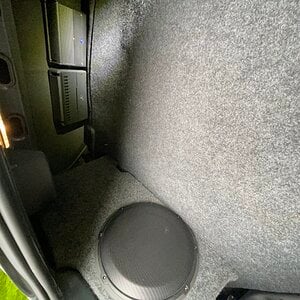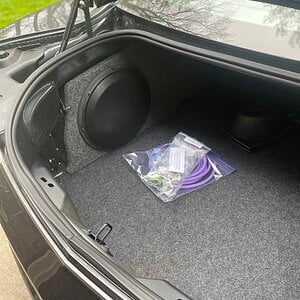Mattrance
Junior Member
Hi,
Should or are transmission lines within a speaker cabinet be built in order to absorb all of the backward waves from a driver to prevent any phasing issues, or are they more used for turning an out of phase waveform, in phase, to come out of a port/vent adding to the amplitude of the sound. and if this is the case are exact mathematics of the angles through the line essential to get the waveform in-phase?
Im new to this game as you probably figured. As far as i can tell in my research so far there seams to be an argument for both cases which has confused me somewhat. some to get a better/cleaner response from the driver and others to add to its output
Any information would be greatly appreciated
Cheers.
Should or are transmission lines within a speaker cabinet be built in order to absorb all of the backward waves from a driver to prevent any phasing issues, or are they more used for turning an out of phase waveform, in phase, to come out of a port/vent adding to the amplitude of the sound. and if this is the case are exact mathematics of the angles through the line essential to get the waveform in-phase?
Im new to this game as you probably figured. As far as i can tell in my research so far there seams to be an argument for both cases which has confused me somewhat. some to get a better/cleaner response from the driver and others to add to its output
Any information would be greatly appreciated
Cheers.


